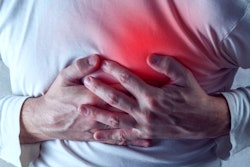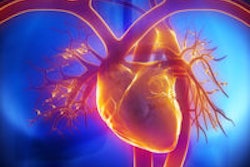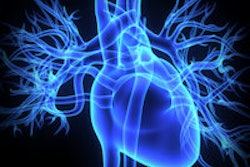
A large nuclear cardiology lab was able to reduce its average radiation dose by 60% over the past eight years, according to new research presented on Friday at the International Conference on Nuclear Cardiology and Cardiac CT (ICNC) in Vienna and published in JACC: Cardiovascular Imaging.
The study included more than 18,000 SPECT myocardial perfusion imaging (MPI) scans performed between 2009 and 2016 at four nuclear cardiology centers operated by Saint Luke's Mid America Heart Institute in Kansas City, Missouri. To save dose, protocols were modified by performing stress-only tests when possible, leading to the 60% reduction.
"There was a dramatic lowering of the radiation dose with all of these concerted efforts," said Dr. Randall Thompson, a cardiologist at Mid America Heart Institute, in a statement accompanying the study's release.
The researchers examined how modifying protocols and introducing new gamma cameras and postprocessing software in a large nuclear cardiology laboratory network could affect radiation dose. SPECT MPI is commonly performed to diagnose the cause of chest pain or to help manage patients with known coronary artery disease.
In all, 18,162 SPECT MPI studies were performed at the four centers during the eight-year study. Protocols were streamlined to include stress-only imaging when possible, cutting dose by avoiding the radiotracer for the rest scan. Stress and rest scans were still required in some patients, as shadowing from body parts can look like a lack of blood flow, and two scans can clarify the findings.
Along with the protocol modifications, technetium tracers are now used instead of thallium 100% of the time at about one-third of the prior radiation dose, the researchers noted. In addition, small-field-of-view gamma cameras with advanced postprocessing capabilities and new camera systems that are more sensitive and require less tracer have been introduced.
The average radiation dose fell from 17.9 mSv in 2009 to 7.2 mSv in 2016, down by 60%, while the median dose dropped from 10.2 mSv to 2.5 mSv, or 75%, Thompson said.
"The average dose had fallen to 5.4 mSv in 2012 but crept up as we've had more obese patients referred in whom we have to use the higher dose protocols," Thompson added. "But more than half of patients now are tested with a low-dose, stress-only test using the new technology, which is why the median dose of radiation has fallen so dramatically."




















